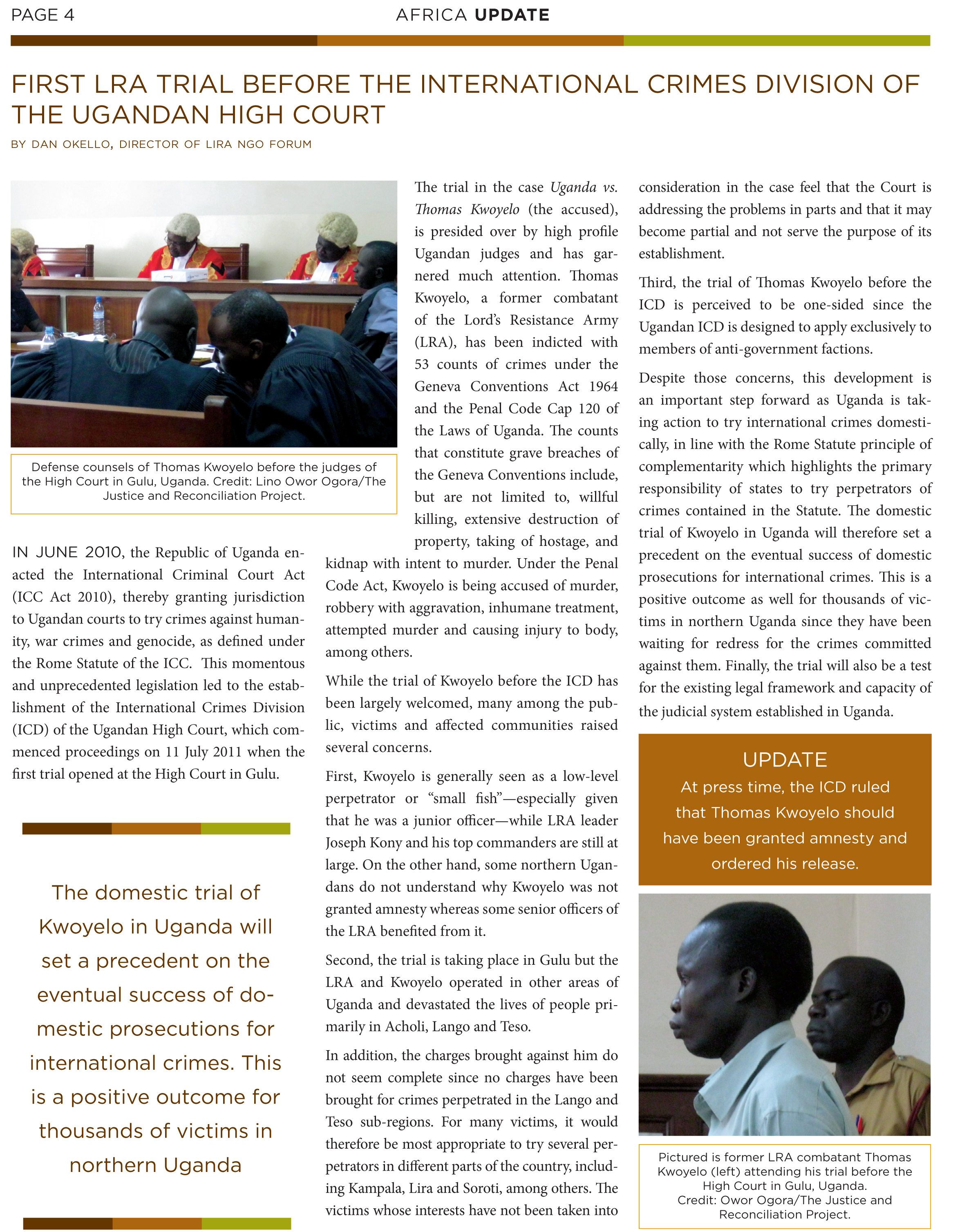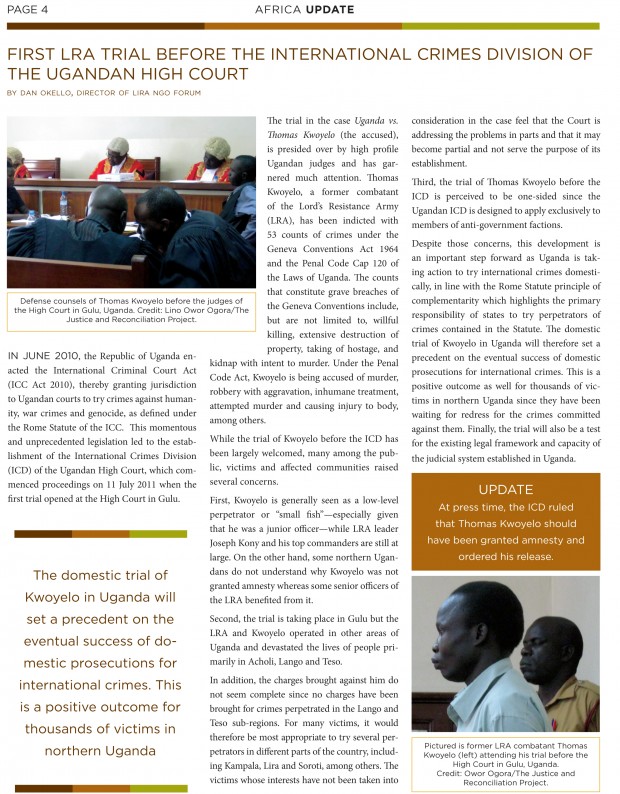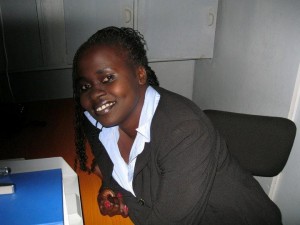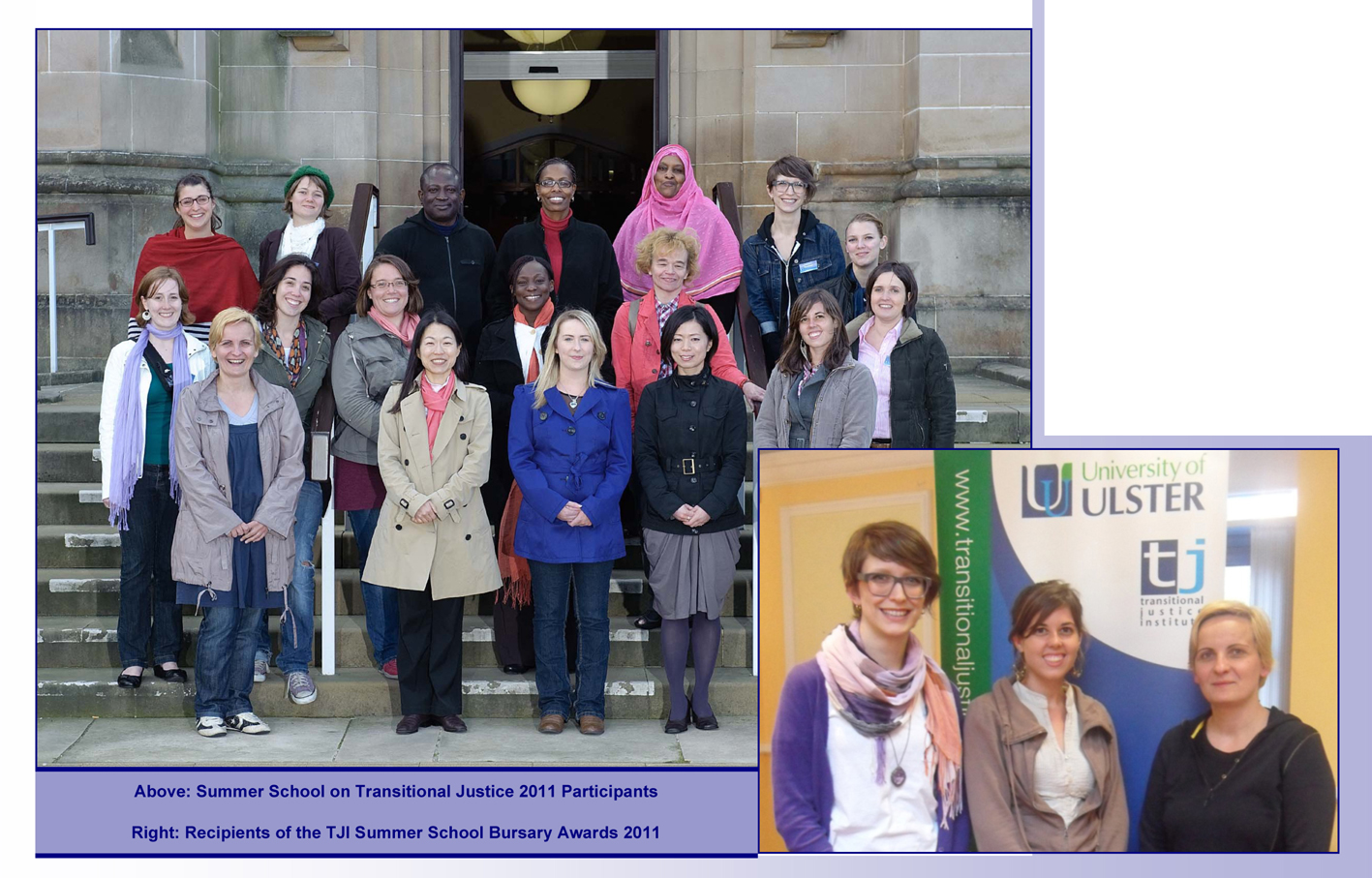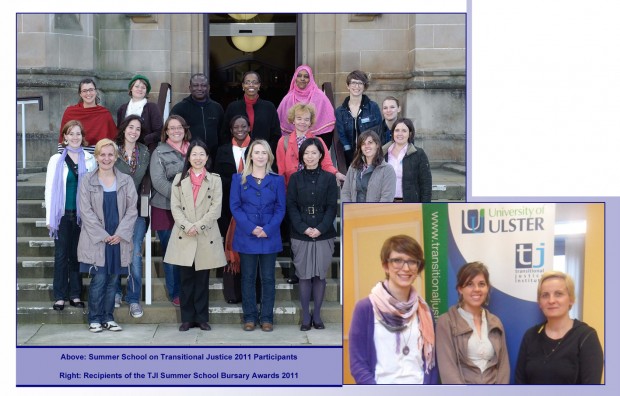“The roots of war: Atiak massacre, new wave of LRA brutality,” The Observer, 3 Oct 2011
http://www.observer.ug/index.php?option=com_content&task=view&id=15266&Itemid=59
By Emma Mutaizibwa
Otti turned his village into a slaughterhouse by killing 300
The bright sun lit the sky on a Tuesday morning in Atiak, about 70km north of Gulu in present-day Amuru district. It was market day and traders, some having trekked miles from as far as Moyo district, had arrived as early as 5am to sell their merchandise.
Little did they know that LRA rebels had arrived earlier and were waiting to pounce. Vincent Otti, born and bred in Atiak, and by then a senior commander in the LRA, had often warned that he would turn his birthplace into a slaughterhouse. That warning became reality on Tuesday, April 22, 1995 and marked a new chapter in the civil war — a rare kind of violence the locals had never seen, and one the rebels had never unleashed.
On that day, in one of the ghastliest LRA episodes in northern Uganda that would come to transcend any earlier bloodbath, Otti, a profoundly violent man, ordered his soldiers to shoot civilians lying face-down until they were dead.
Emma Mutaizibwa revisits that day and the macabre massacre in Ayugi valley — the valley of death.
It was a chronicle of deaths foretold; an orgy of killing that would come to define the LRA’s brutal narrative in Northern Uganda. Atiak, 70km north of Gulu town, was a shabby outpost that had remained largely booming with trade even as the Lord’s Resistance Army (LRA) rebellion raged on. Locals here say if the National Resistance Army (NRA), as the Ugandan army was known then, had heeded the warning by Joseph Kony’s henchman, Vincent Otti, perhaps the loss of lives on such a large scale could have been forestalled on the day of infamy.
Otti had warned for some time that he would carry out mass slaughter in his birthplace to punish the locals who had often said the LRA guns were rusty. Otti was then heading the LRA’s Red Brigade echelon, notorious for ambushes on vehicles, looting and abductions on the Gulu-Pakwach road up to Atiak in Kilak county.
A victim of his own brutality, he would later be killed after ascending to the second position in the rebel outfit, as Kony’s deputy. Kony, the LRA leader, ordered his execution in 2008 on allegations of an attempted palace coup. In 1995, Otti knew the terrain so well that by the time he planned the attack, he was fully aware that Atiak was poorly guarded and that, despite pleas from civilians that an attack was eminent, the NRA had not shored up enough troops.
To date, that massacre remains a black spot on the conscience of the army. At dawn, Otti, one of the most ruthless instruments of the LRA, and his motley bands, struck Atiak trading centre, first targeting the 75 local defence unit personnel (LDUs), a homegrown militia established to fend off rebel attacks. About 15 LDUs were killed and the others fled town, leaving the LRA to overrun the area.
For six hours, the LRA tormented their victims. Army units that had received advanced warnings only arrived much later in the afternoon after the bloodbath. Civilian eyewitnesses report that between 5am and 10am on the fateful day, there was exchange of heavy gunfire and grenades, before the LDUs was eventually overpowered by rebels. The LRA reportedly set fire to huts and began looting from local shops.
Individuals recalled that they sought out whatever hiding places they could find — fleeing to the bush, jumping into newly dug pit latrines, or simply remaining in their huts. Despite efforts to protect themselves, many civilians were directly caught in the crossfire or specially targeted, with an unknown number of casualties.
One survivor’s narration, according to research by the Justice and Reconciliation Project, reads: “At dawn, we started hearing gunshots. At about 8am, the rates of gunshots reduced. We came to learn that the rebels had entered the centre and were already abducting people, burning houses and killing people.
“Just as we were still trying to get refuge somewhere, the rebels got us and arrested us. They gathered us in one place and when we were still in the centre, we could see some dead bodies and wounded people lying about the centre.”
Another woman recalled: “When the battle had raged for some time, the rebels headed for the barracks. On their way, they fired randomly at the house. One of my youngest children said to me, ‘Mum, get my books so that we can run.’ I was so afraid and I had to restrain my kids. The boys in the other room got out, two of them ran away. It was only the elder boy who was too afraid to run because he had been abducted before.”
She continues: “He entered the house where we were. The battle went on all morning. When there was a lull, we tried getting out and making a run for it. The [rebels] saw us and fired at us.
“So, we had to take refuge in the house once again. Then I heard one of the soldiers saying that the house we were in should be set ablaze. I got afraid and got out with all the children.”
Once the LRA had captured the trading centre, civilians were rounded up and forced to walk into the bush. Some were forced to carry looted property.
“The rebels told us not to run away. We were surrounded and taken to a shop. I was given a sack of sugar to carry, while my eldest boy was given a sack of salt,” said a survivor.
Another witness of the massacre said: “They came and pointed a rifle at me. I dropped the child I was carrying and raised my hands. They asked me if all the children were mine. I told them they were my children. They told the children to go home, and told them their mother would follow later after carrying some loads.”
The woman carried her baby again and walked with the rebels. “When we had walked for about a mile, they ordered me to put down the child. I refused. They pierced me with a bayonet on the thigh. Then we went for another mile and I was pierced again on the thigh.
“We walked and when we had reached Ayugi, I was again pierced in the neck. I was now dripping with blood (sic). Then we walked and met with the rest of the people who had been abducted.”
En route, military helicopters arrived on the scene. But this was later in the afternoon. The LRA rebels instructed civilians to remove all light-coloured clothing and to take cover under the brush to avoid detection by the soldiers in the helicopters. During this time, the LRA attempted to bomb Atiak Technical School, the bombs narrowly missing the dormitories.
The rebels raided the dorms and forced students to join the group of civilians that had been rounded up in the town centre and made to march into the bush. It is estimated that approximately 60 students, some from Lango and Teso and a few from southern Uganda, were among those killed later.
The captured civilians arrived in a valley called Ayugi, where there is a stream called Kitang. There, able-bodied men and boys were separated from women, young children and the elderly. Otti lectured the civilians, chastising them for siding with the government.
According to one witness, “Otti told us that we were undermining their power. He also said we people of Atiak were saying that LRA guns have rusted. He said he had come to show us that his guns were still functioning. For that matter he ordered us to see how his guns can still work.”
He then ordered his men to shoot at the civilians. According to another eyewitness, Otti ordered his soldiers to kill “anything that breathed”.
They then commanded children below eleven years, pregnant women and breastfeeding mothers to stand aside. Recounting the day of terror, another survivor said: “I had a sizeable child I was carrying. I shifted with them to where they told us to stand. I could not reach my little boy, who was seated with students of Atiak technical school.
“The remaining group of people was then commanded to lie down. Then they were showered with bullets. Nobody got up to attempt running away. After the bullets went silent, the soldiers were ordered to fire a second time on the dead corpses, to make sure nobody survived. They even fired a third time to make sure all the people had been killed.”
Many of the survivors watched in horror as their children were killed.
“I was so scared because I had seen my boy being shot. I wept silently and my children told me not to cry . . . My boy had been shot in the leg but still alive. They later finished him off with a bayonet.”
Another survivor recounted: “They began by telling us mothers, pregnant women and children below 13 years to move aside. They told the rest of the people to lie down and for us to look straight at them — if you look at a different direction, they can shoot you dead.
“They fired at the people first, and then again for the second time to ensure that they are all dead . . . My first-born child, mother-in-law, father-in law and my husband were all killed as I watched them die. I returned with four children whom I am struggling to take care of now.”
After the massacre, others were forced to go with the LRA to carry looted goods. As one survivor explained after showing us the scars on his face and back, many of those abducted did not survive. Others abducted that day were initiated into the LRA through brutal tactics and went on to fight or act as sex slaves for senior commanders.
The total number of persons killed in the massacre varies between 200 and 300. Some people disappeared and their whereabouts are still unknown — after the massacre, it was not possible to identify all of the dead. Government, in the aftermath of the Atiak massacre, severed diplomatic ties with the Khartoum regime.
But the massacres in the Acholi-sub-region did not relent. As a result of the bloodletting, President Yoweri Museveni, in May 1996, appointed his brother, then Maj Gen Salim Saleh, to try to bring an end to the LRA conflict.
Col James Kazini, who was murdered in 2009, was appointed 4 Division commander based in Gulu. But why did the NRA, which later became the Uganda People’s Defence Forces (UPDF), fail to defeat the LRA?
In the next series, we revisit Saleh’s mission to decimate the LRA and why Kony and his bands remained undefeated.
mutaizibwa@observer.ug

